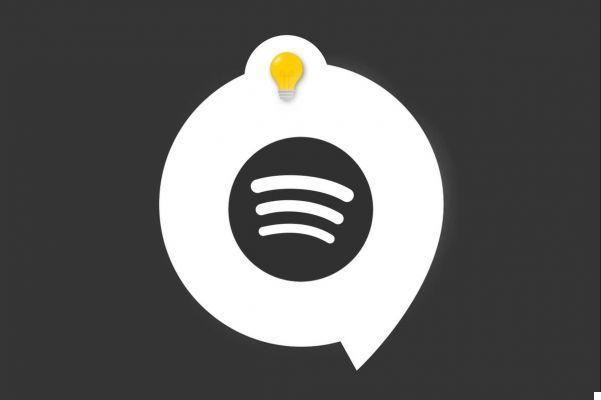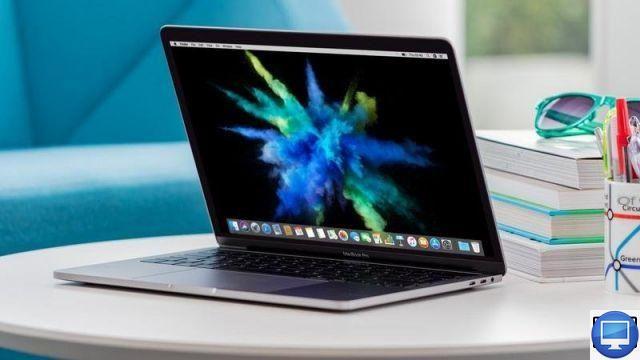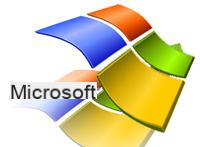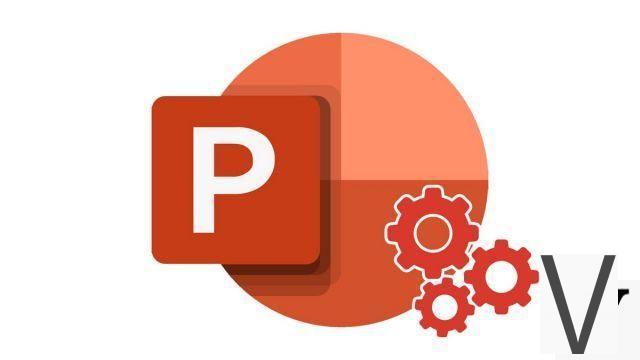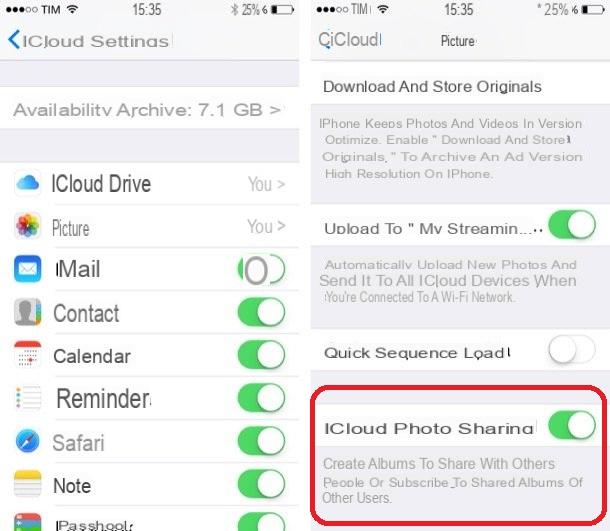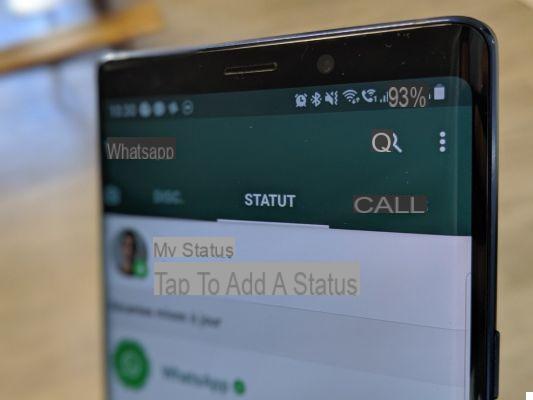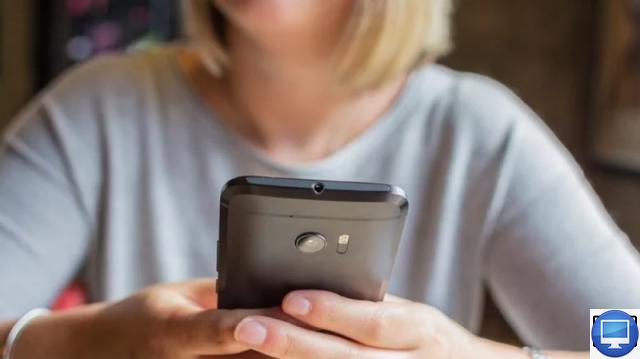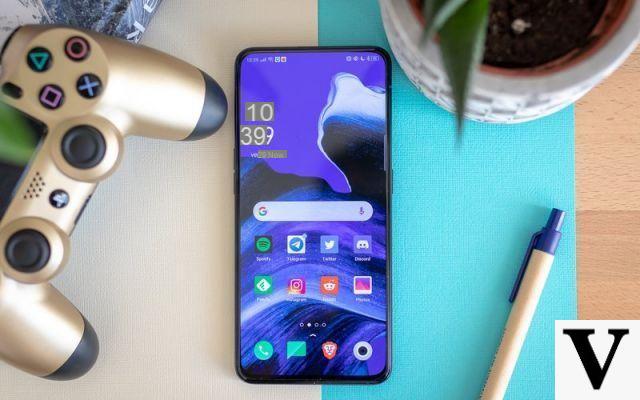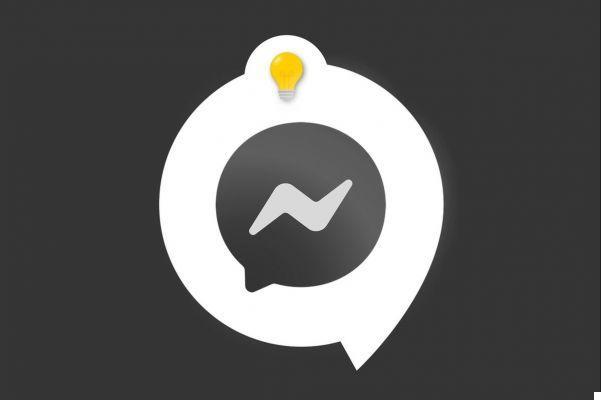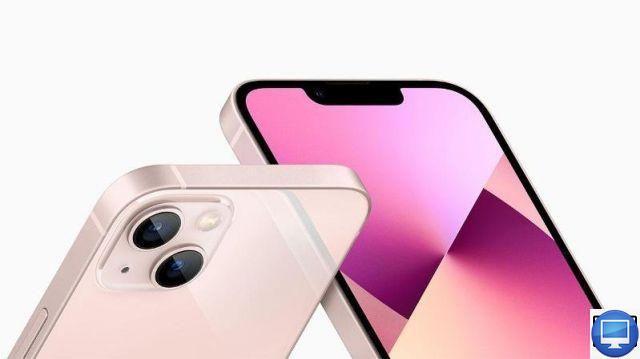
After a year of waiting, the veil has just been lifted on the new generation of iPhone and the number 13 has indeed been given by Apple to its new flagship.
The iPhone 13, which has been the subject of several rumors, did not disappoint us. Broadly, it has a 120 Hz screen, a storage space of one terabyte but also, and above all, a new, even more efficient chip.
Eager to test it, we bring together in this article all the information about its price, its release and its technical characteristics.
Availability and prices of the iPhone 13
During its California Streaming event on September 14, Apple launched its new iPhone 13 mini, 13, 13 Pro and 13 Pro Max. According to the firm's announcements, they will be available for pre-order, before officially going on sale from the 24th.
The starting prices are €809, €909, €1 and €159 respectively.
In addition to the Apple site, they should be marketed on the Boulanger, Amazon and Fnac e-commerce platforms, or even with your operators SFR, Orange, Bouygues and Free.
The design of the iPhone 13
Apple is one of the most traditional companies in the technology sector when it comes to design. Historically, it tends to stick to the same chassis for three or four generations, before eventually and reluctantly changing to something else that it will keep for a long time.
Which is a roundabout way of saying that, while still looking sleek and modern, the iPhone 13 isn't much different from previous models. On the other hand, its borders are in polished stainless steel, its back is in matt glass and its screen benefits from Ceramic Shield protection.
Another, more noticeable change is the diagonal reconfiguration of the two rear lenses on the iPhone 13 and 13 mini.
Colors
The biggest design change is in the colors.
The iPhone 13 and 13 mini are advertised in pink, blue, black, silver and red, while the Pro models are offered in silver, gold, graphite and blue.
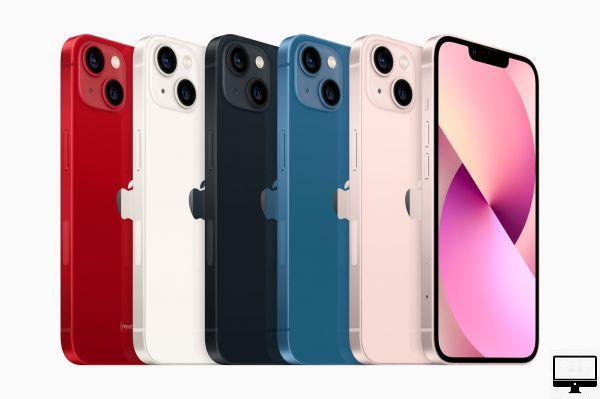
Screen
Let's start with their sizes, analyst Ming-Chi Kuo was right once again, there are 4 different ones:
- iPhone 13 mini - 5,4 inches
- iPhone 13 - 6,1 inch
- iPhone 13 Pro - 6,1 inch
- iPhone 13 Pro Max - 6,7 inches
As we suspected, the company did give the mini design a second chance.
Since the launch of the iPhone X, the notch at the top of the screen houses its Face ID technology. While a handful of users like it and others just got used to it, many hate it.
This year, although the final removal of the notch will certainly not arrive before 2022, the iPhone 13 has seen its reduction by 20%.
Many thought the display of the iPhone 12s, or at least the Pro models, would have better refresh rates, but that hadn't been the case. Today, Apple has decided to take the leap with the iPhone 13 by offering ProMotion technology with rates ranging from 10 Hz and 120 Hz for its Super Retina XDR OLED displays. Even brighter, these are also integrated into all models in this series.
Outdoors, the brightness is now 800 nits, while the maximum is 1200 nits.
Technical specifications of the iPhone 13
The new generation of iPhone sees improvements in all areas. Here's what we took away from his announcement
A15 Bionic processor
Just as the iPhone 11 was equipped with an A13 Bionic and the iPhone 12 with an A14 Bionic, the iPhone 13 is equipped with a new A15 Bionic chip.
Faster than its predecessors, it is based on an improved 5 nanometer (5nm) production process from supplier TSMC, with the move to 4nm not expected until iPhone 14.
It embeds a new 6-core CPU with 2 performance cores and 4 energy-efficient cores, enough to enjoy incredible performance, not to mention its 16-core Neural Engine.
Battery
The iPhone 13 and iPhone 13 Pro have larger and longer lasting batteries. They also incorporate fast charging up to 20W, with up to 50% charge in 30 minutes. They offer better battery life, the 13 Pro lasts 1,5 hours longer than the 12 Pro, and the 13 Pro Max lasts 2,5 hours longer than the 12 Pro Max.
In other words, you'll be able to enjoy even faster charging.
As for its MagSafe technology, it is capped at 15W.
Camera
This was certainly the most anticipated feature of the iPhone 13 of this event, and the answer is yes it is equipped with much better cameras than the 12.
The iPhone 13, 13 mini and 13 Pro all feature the same wide-angle and ultra-wide-angle lenses built into current models. One of the significant changes compared to the iPhone 12 is the aperture of this sensor which will increase from f/1,6 to f/1,5 on the Max model.
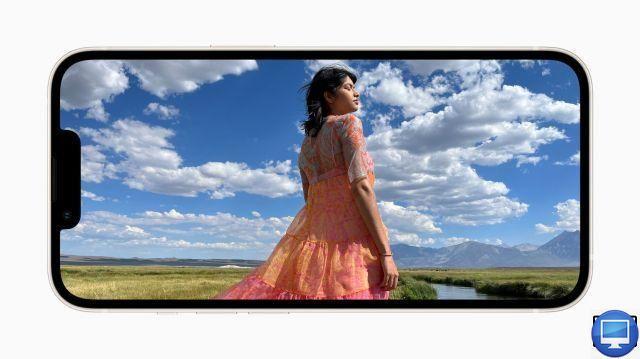
The iPhone 13 has a dual sensor consisting of a wide-angle and ultra-wide-angle of 12 Mp, capable of capturing 47% more light. In addition, it inherits the Sensorshift stabilization that we already found on the iPhone 12 Pro Max.
When it comes to the Pro line, Apple is giving real meaning to the Professional designation of its smartphones, with the inclusion of three incredible cameras:
- 77mm telephoto lens
- Ultra wide-angle at f/1,8
- Wide-angle at f/1,5
Its telephoto lens goes from f/2.0 to f/2.8, its wide angle from f/1.6 to f/1.5 and its ultra wide angle from f/2.4 to f/1.8. Additionally, it now has up to 6x optical zoom accompanied by up to 15x digital zoom.
Also, new from Apple is the macro mode that allows you to take photos from a close distance, while retaining maximum detail.
In addition, they also have optical image stabilization and autofocus.
For video, all iPhone 13s include a Cinematic mode with reduced depth of field (1080p at 30 fps), to create cinema-like effects, and have HDR quality with Dolby Vision.
mmWave 5G
The US iPhone 12 models offer mmWave, but elsewhere this type of 5G was not offered. This could change with the iPhone 13.
This year, support for the mmWave standard will be rolled out to more countries with the launch of the new iPhones, such as Canada, Australia, Japan and "major European mobile operators", which includes, we hopefully, Spain.
The theoretical maximum speed of millimeter waves is 1 to 2 gigabits per second, compared to 100 to 400 megabits for sub-6 GHz waves. However, the Sub‑6GHz offers a greater range, a good point for large cities.
To deliver such performance, Apple uses Qualcomm Snapdragon X60 with iPhone 13 and X65 with iPhone 14.
iPhone 13 Pro, a 1 TB model
For the first time, Apple is marketing a model supported by 1 TB of storage, in addition to 128, 256 and 512 GB storage.
IP68 rating
For further use and an even broader experience, Apple has provided its iPhone 13 Pro and 13 Pro Max with an IP68 certification which protects them against water and dust.
Recommended articles:
- Apple Watch Series 7: release date, price and specs
- Keynote Apple 2021: the products announced by Apple
- iPhone 14: release date, price and other rumors




